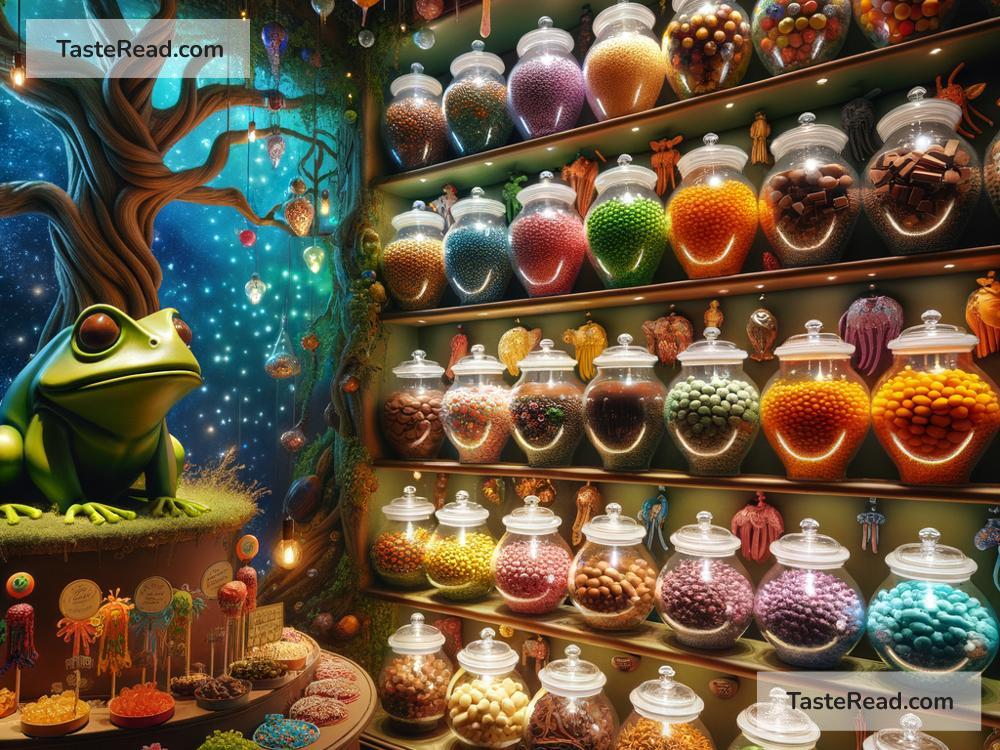The Cultural Symbolism of the Honeydukes Candy Shop in Harry Potter
Honeydukes, the magical candy shop nestled in the snowy village of Hogsmeade, takes readers of the Harry Potter series on a sugary journey filled with fun, nostalgia, and wonder. It’s not just a sweet shop—it’s a symbolic place brimming with cultural meaning and serving as a delightful window into the magical world. In this blog, we’ll explore the significance of Honeydukes and why it holds such a special place in the hearts of Harry Potter fans worldwide.
A Place of Joy and Escape
From the moment Harry first sets foot in Honeydukes, it’s clear this shop is a place that radiates happiness. Overflowing with colorful treats like Fizzing Whizzbees, Chocolate Frogs, and Bertie Bott’s Every Flavor Beans, Honeydukes represents joy, childhood, and the simple pleasures that make life magical.
For Harry, who grew up in a house where he was treated poorly by his relatives, Honeydukes symbolizes freedom and escape. Visiting the shop allows him to experience something he never had: a carefree moment of indulgence. The sight of shelves filled with magical candy is a stark contrast to his grim life with the Dursleys, where small treats were rare and affection even rarer. Honeydukes becomes a place where Harry can be just like any other teenager, enjoying sweets and laughter.
For readers and fans of the series, Honeydukes embodies the idea of escapism. It reminds us of the small joys that can brighten our days, whether it’s the thrill of trying a new flavor or the fun of sharing candy with a friend.
Connecting the Magical and Mundane
One of Honeydukes’ unique traits is how it merges the magical world with the ordinary pleasures of candy. While some of the sweets, like Sugar Quills and Peppermint Toads, resemble ordinary treats we might find in the Muggle world, others, like Exploding Bonbons or Acid Pops, showcase the creativity and whimsy of the wizarding universe.
This blending of the familiar and the fantastical is what makes Honeydukes so enchanting. It allows readers to imagine what it would be like if magic merged with everyday life. Even in our non-magical world, candy shops evoke childhood memories of wonder and excitement. Honeydukes takes this universal feeling and amplifies it with the charm of magic.
For readers, Honeydukes also serves as a reminder that even in extraordinary worlds, ordinary pleasures can thrive. Wizards may cast spells and fly on broomsticks, but they still enjoy reaching for a Chocolate Frog or unwrapping a colorful sweet. This blend bridges the gap between us and the magical realm, creating a sense of connection and relatability.
Nostalgia and the Power of Tradition
Throughout the Harry Potter series, traditions and rituals play a key role in strengthening the bonds between friends, families, and communities. Honeydukes is part of such traditions for Hogwarts students, especially during their trips to Hogsmeade. It’s the place where many students stop to treat themselves to sweets, stock up on fun snacks, and perhaps even share moments with friends.
In this way, Honeydukes is not just a candy shop—it’s a space that creates memories. Imagine a group of students huddled together, pooling coins for a special treat, or laughing as they dare each other to eat the strangest flavors of Bertie Bott’s Every Flavor Beans. These small, cheerful moments become treasured experiences that students carry with them as they grow older.
Even for readers, Honeydukes stirs nostalgia. J.K. Rowling’s vivid descriptions of its shelves and jars bring to mind real-world candy shops that captivated us as children. The joy of gazing at colorful rows of sweets is universal, and Honeydukes taps into this sense of wonder, reminding readers of the innocence and excitement of childhood.
Honeydukes as a Symbol of Friendship and Community
In the books, Honeydukes often functions as a social hub for Hogwarts students exploring Hogsmeade. It’s a spot where friends gather, share laughs, and bond over their love for delicious sweets. For Harry, Ron, and Hermione, trips to Honeydukes reinforce their friendship. Even during stressful times, moments spent together in places like Honeydukes remind them of life’s lighter, happier moments.
The shop also reflects the sense of community within the wizarding world. The owners of Honeydukes aren’t just shopkeepers—they’re part of the fabric of Hogsmeade, contributing to its charm and warmth. The shop’s existence adds to the village’s welcoming atmosphere, showing how small businesses play a role in building connections among individuals.
As readers, we’re reminded of the importance of friendship and community, even in a magical world. Honeydukes stands as a symbol of the relationships we build and the happiness we find in sharing life’s simple pleasures.
Conclusion
Honeydukes may seem like just a candy shop at first glance, but it holds deeper cultural symbolism in the Harry Potter series. It represents joy, escape, and the blending of the magical and mundane. It stirs nostalgia, anchors traditions, and emphasizes the value of friendship and community. For Harry and countless readers, Honeydukes is not merely a shop—it’s a place of happiness, wonder, and lasting memories.
So next time you revisit Harry Potter or dream of exploring Hogsmeade, imagine yourself stepping into Honeydukes. Picture the vibrant colors, the sweet smells, and the laughter shared with friends. In that moment, you’ll understand why Honeydukes is so much more than a shop—it’s a symbol of magic, connection, and the simple joys that make life sweeter.


